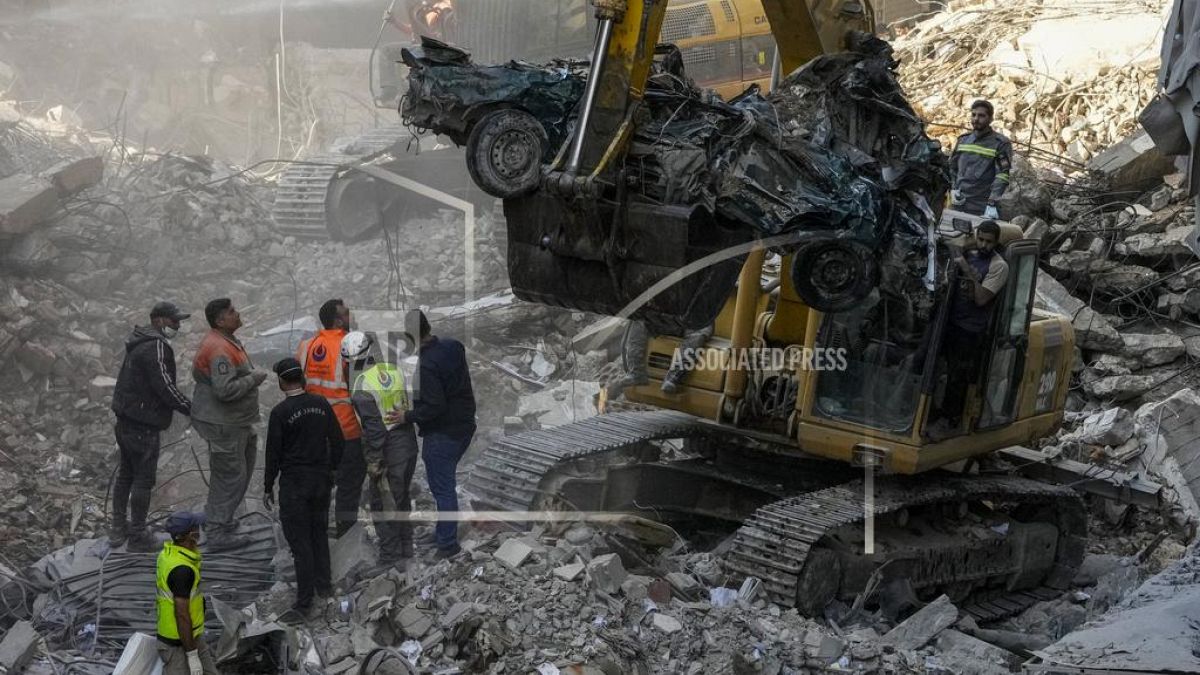World
Bolivia cuts ties with Israel; other Latin American countries recall envoys
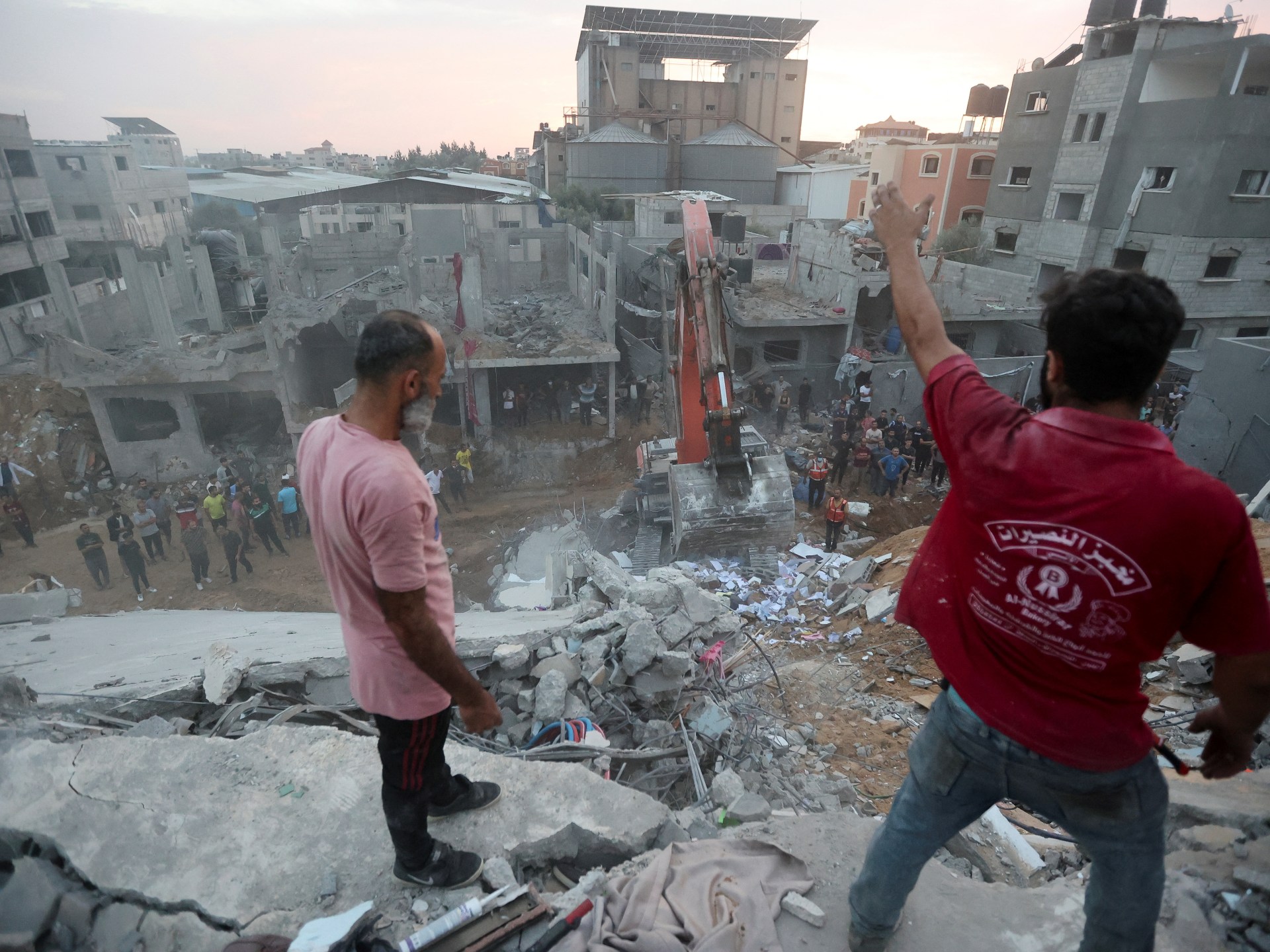
Countries blame Israel’s ‘disproportionate’ attack on Gaza and reiterate calls for a humanitarian ceasefire.
Bolivia has cut official ties with Israel over the war in Gaza as two other Latin American countries recalled their ambassadors in Tel Aviv for consultations.
Bolivia “decided to break diplomatic relations with the Israeli state in repudiation and condemnation of the aggressive and disproportionate Israeli military offensive taking place in the Gaza Strip,” Deputy Foreign Minister Freddy Mamani said at a press conference on Tuesday night.
Minister of the Presidency Maria Nela Prada also announced the country would send humanitarian aid to Gaza.
“We demand an end to the attacks” in the Gaza Strip “which have so far caused thousands of civilian deaths and the forced displacement of Palestinians,” she said at the same press conference.
Neighbours Colombia and Chile also recalled their ambassadors for consultations condemning the deaths of civilians in Gaza and calling for a ceasefire.
Historically, Latin America’s left-leaning countries have sympathised with the Palestinian cause, while the more right-wing countries have tended to follow the lead of the United States.
Writing on social media site X, Chilean President Gabriel Boric accused Israel of “unacceptable violations of International Humanitarian Law” and following a policy of “collective punishment” of the people of Gaza, as he announced the recall of Ambassador Jorge Carvajal.
Chile has the largest, and one of the oldest, Palestinian communities outside the Arab world.
Also writing on X, Colombian President Gustavo Petro called the attacks a “massacre of the Palestinian people”.
Other Latin American countries, including Mexico and Brazil, have also called for a ceasefire.
Bolivia is among the first nations to announce the end of diplomatic relations with Israel over its war in Gaza, which came after armed group Hamas launched an unprecedented assault on Israel killing 1,400 people and taking some 240 people captive. At least 13 citizens from several Latin American countries were among the dead, and some 21 more remain missing.
At least 8,525 Palestinians have now been killed in Israel’s current war in Gaza.
Hamas welcomed Bolivia’s decision and urged Arab countries that have normalised their relations with Tel Aviv to do the same.
Bolivia previously cut diplomatic ties with Israel in 2009, also in protest against Israel’s actions in Gaza.
Relations were only restored in 2020.
About 2.3 million people live in Gaza and United Nations officials say more than 1.4 million of them have been made homeless by Israel’s relentless bombardment.

World
More than 100 Palestinians killed in Israeli attacks on Gaza in 48 hours

Director of the Kamal Adwan hospital says several staff wounded in Israeli bombardment.
At least 120 people have been killed in Israeli attacks on Gaza in two days, Palestinian health officials said, as Israel intensified its bombardment across the besieged territory.
At least seven people were killed when a residential home was hit overnight in the Zeitoun suburb of Gaza City, health officials said on Saturday. The other deaths were recorded in central and southern Gaza.
Israeli air raids caused significant damage to al-Faruq Mosque in the Nuseirat refugee camp in central Gaza, according to a social media video verified by Al Jazeera.
Israeli forces also deepened their ground offensive and bombardment of northern Gaza, where one of the last partially operating hospitals was hit, wounding several workers.
Hussam Abu Safia, director of the Kamal Adwan Hospital, said in a statement on Saturday that Israeli forces “directly targeted the entrance to the emergency and reception area several times, as well as the hospital courtyards, electrical generators, and hospital gates”.
The bombardment “resulted in 12 injuries among doctors, nurses, and administrative staff within the emergency and reception areas”, he said.
The Israeli military rejected the allegations and said it was “not aware of a strike in the area of the Kamal Adwan Hospital” following an initial review of the situation.
On Friday, Gaza’s Ministry of Health said hospitals have fuel left for only about two days before it needs to start restricting services.
Israel’s military imposed a siege and launched a renewed ground offensive in northern Gaza last month, saying it aimed to stop Hamas fighters from waging more attacks and regrouping in the area.
The United Nations warned earlier this week that almost no aid had been delivered to northern Gaza since Israel’s renewed offensive as aid groups and food security experts warn of a famine in the area.
In a call with Defence Minister Israel Katz on Saturday, United States Defense Secretary Lloyd Austin pressed Israel to “take steps to improve the dire humanitarian condition in Gaza”, the Pentagon said.
Israel’s assault on Gaza has killed more than 44,000 people and wounded more than 104,000 since October 2023, according to Palestinian health officials.
Israel launched its assault on Gaza after the Hamas-led attacks on southern Israel on October 7, 2023, in which at least 1,139 people were killed and about 250 others seized as captives.
A spokesperson for the armed wing of Hamas, Abu Ubaida, said later on Saturday that a female Israeli captive in the group’s custody had been killed in northern Gaza in an area under attack by Israel’s forces.
“The life of another female prisoner who used to be with her remains in imminent danger,” he added, accusing the government of Prime Minister Benjamin Netanyahu of being responsible and of undermining efforts to end the war.
World
NATO head and Trump meet in Florida for talks on global security
BRUSSELS (AP) — U.S. President-elect Donald Trump and the head of NATO have met for talks on global security, the military alliance said Saturday.
In a brief statement, NATO said Trump and its secretary general, Mark Rutte, met on Friday in Palm Beach, Florida.
“They discussed the range of global security issues facing the Alliance,” the statement said without giving details.
It appeared to be Rutte’s first meeting with Trump since his Nov. 5 election. Rutte had previously congratulated Trump and said “his leadership will again be key to keeping our Alliance strong” and that he looked forward to working with him.
Trump has for years expressed skepticism about the Western alliance and complained about the defense spending of many of its member nations, which he regarded as too low. He depicted NATO allies as leeches on the U.S. military and openly questioned the value of the alliance that has defined American foreign policy for decades. He threatened not to defend NATO members that fail to meet defense-spending goals.
Rutte and his team also met Trump’s pick as national security adviser, U.S. Rep. Michael Waltz, and other members of the president-elect’s national security team, the NATO statement said.
Rutte took over at the helm of NATO in October.
World
US scrambles as drones shape the landscape of war: 'the future is here'
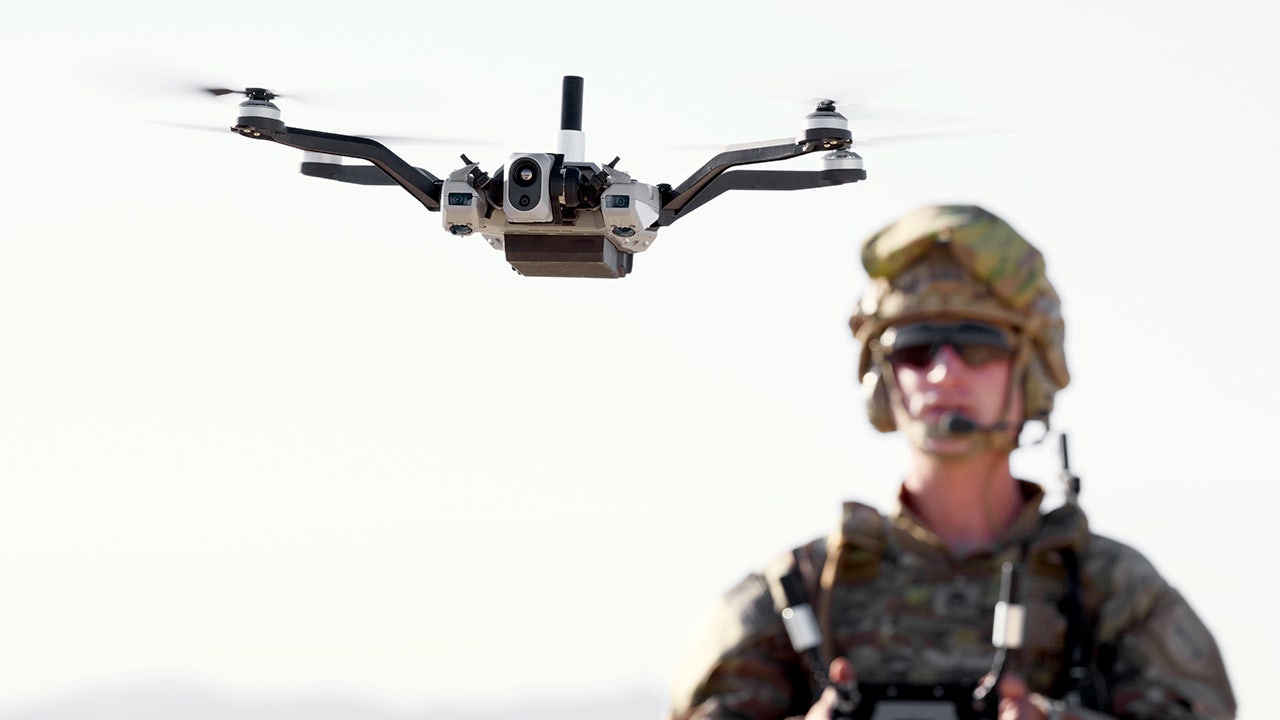
FIRST ON FOX: The U.S. Army this week took steps to advance American military capabilities by ordering close to 12,000 surveillance drones small enough to fit in a backpack as the reality of battle shifts in favor of electronic warfare.
Conflicts around the globe, particularly the war in Ukraine, have drastically changed how major nations think about conducting war, explained drone expert and former U.S. Army intelligence and special operations soldier Brett Velicovich to Fox News Digital.
The nearly three-year-long war in Ukraine has often depicted scenes not witnessed since World War II, with children loaded onto trains, veins of trenches scarring the eastern front and renewed concern over how the geopolitics of this conflict could ensnare the entire Western world.
1,000 DAYS OF WAR IN UKRAINE AS ZELENSKYY DOUBLES DOWN ON AERIAL OPTIONS WITH ATACMS, DRONES AND MISSILES
A UJ-22 Airborne (UkrJet) reconnaissance drone prepares to land during a test flight in the Kyiv region of Ukraine on Aug. 2, 2022. (Sergei Supinsky/AFP via Getty Images)
But Ukraine’s scrappy response to its often outnumbered and at times outgunned reality has completely changed how major nations look at the modern-day battlefield.
“Think about how we fought wars in the past,” Velicovich, a Fox News contributor, said, pointing to the Vietnam War. “When you were fighting the enemy over that trench line, you didn’t know who was over that hill. You saw a red hat and you fired at it.”
“Now you have the ability to see what’s over that hill and maneuver your forces quickly based on that,” he added.
A report by The Wall Street Journal this week said the U.S. Army secured potentially its largest-ever purchase of small surveillance drones from Red Cat Holding’s Utah-based Teal Drones.
This move is a significant step that the U.S. has been eyeing for more than a decade after terrorists first began employing small-drone tactics against the U.S. military in the Middle East.
According to Velicovich, who routinely visits Ukraine to advise on drone technology, the U.S. is trailing its top adversaries like Russia and China when it comes investment in drone capabilities.
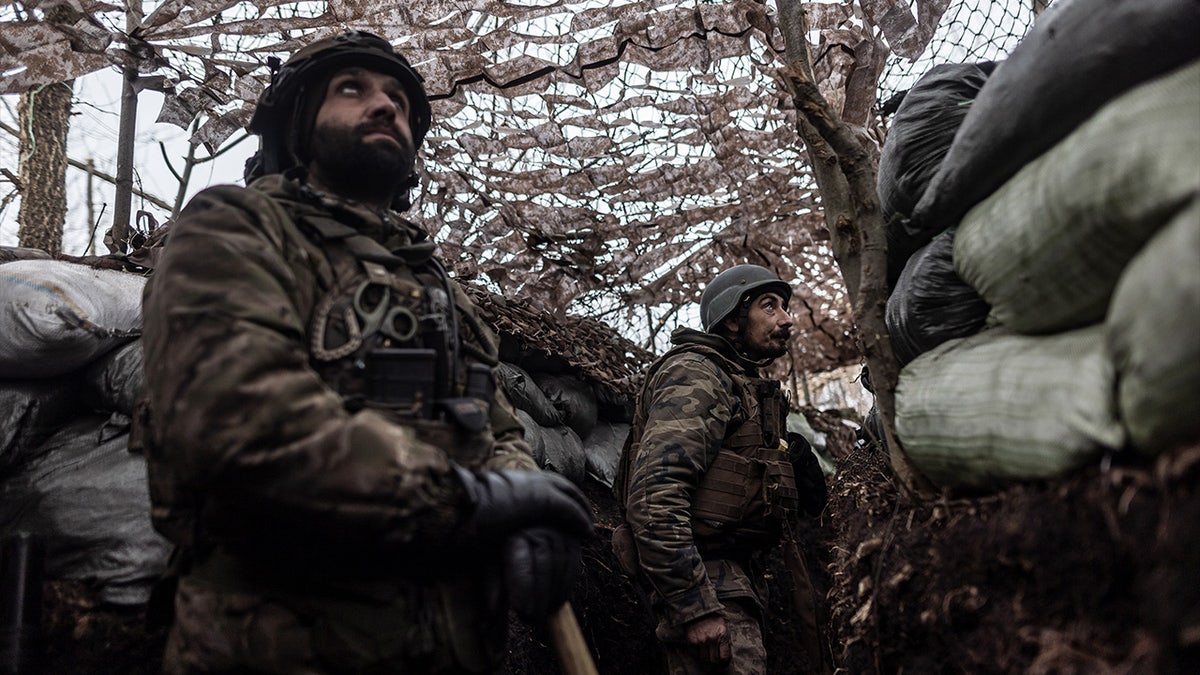
Ukrainian soldiers look for a drone in a trench at their infantry position in the direction of Kupiansk, Kharkiv Oblast, Ukraine, on March 10. (Diego Herrera Carcedo/Anadolu via Getty Images)
US BRIEFED UKRAINE AHEAD OF PUTIN’S ‘EXPERIMENTAL INTERMEDIATE-RANGE BALLISTIC’ ATTACK
While the U.S. invested heavily in sophisticated systems like Predator and Reaper drones — which are multimillion-dollar systems designed for intelligence collection and lengthy navigation flight times and possess missile strike capabilities — it is the small, cheaply made unmanned aerial vehicles (UAVs) which are changing battlefield dynamics.
“These handheld, small UAS systems that you are able to take a drone with a bomb strapped to it [have become] basically an artillery shell now. It’s guided artillery shells,” Velicovich said in reference to Unmanned Aircraft Systems, which include not only the UAV, but also the controller manned from the ground. “Frankly, it’s changing how countries are going to fight wars in the future, and the U.S. has been so slow to get ahead of this.”
It has reportedly taken the U.S. Army some 15 years to start beefing up its Short Range Reconnaissance program with these backpack-sized drones, in part because there was a mental hurdle the Department of Defense needed to push through.
“It’s the mentality of senior leaders,” Velicovich explained. “These guys are hardened battle infantry guys. They didn’t grow up with fancy technology.”
“It really takes a lot of people understanding, changing their thought process. And that’s happening now because of the accelerating war in Ukraine, where they’ve seen how effective drones are,” he said, noting that drones can no longer be dismissed as gimmicks or toys of the future.
“Now it’s real. Now it’s here, the future is here,” Velicovich said. “We will never fight another war without drones.”

The U.S. Army has acquired nearly 12,000 Black Widow drones from Red Cat’s Teal Drones in a move to beef up its short-range reconnaissance capabilities as battlefield realities turn to electronic warfare. (Red Cat Holdings)
Teal Drones worked to develop a UAS system based on battlefield needs identified by the U.S. Army, and eventually created the drone that has been dubbed the Black Widow, explained Red Cat CEO Jeff Thompson to Fox News Digital.
BIDEN ADMINISTRATION TO ANNOUNCE $275 MILLION UKRAINE WEAPONS PACKAGE THIS WEEK
This sophisticated system is capable of being operated by a single man, can resist Russian jammers, has strike capabilities, and can fly in GPS-denied zones — an important factor that has been highlighted by the war in Ukraine.
“The Short Range Reconnaissance drone is really going to be able to help the warfighter be more lethal and be a safer soldier,” Thompson said.
The U.S. Army greenlighted the purchase of nearly 12,000 drones. Each soldier kitted out with the Black Widow technology will be given what is called a “system,” which includes two drones and one controller — all of which can fit in one’s rucksack.
Each system, including the drones and controller, costs the U.S. government about $45,000.
But, as Johnson pointed out, Ukraine’s armed forces are going through about 10,000 drones a month — which suggests the U.S. will need to acquire far more than 12,000 drones.
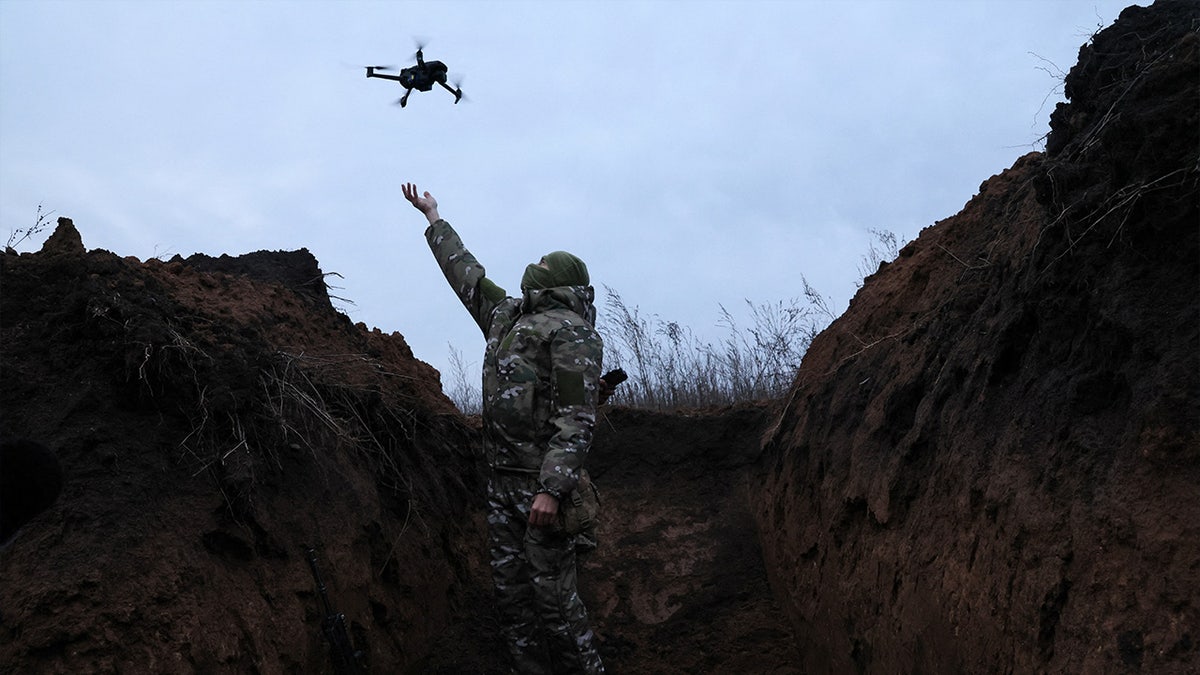
A soldier with the 58th Independent Motorized Infantry Brigade of the Ukrainian Army catches a drone while testing it so it can be used nearby as Russia’s invasion of Ukraine continues, near Bakhmut, Ukraine, on Nov. 25, 2022. (Reuters/Leah Millis)
The war in Ukraine has shown that affordably made drones, particularly FPV drones, which stands for “first-person view,” can be made for as low as $1,000 a drone and frequently strapped with explosives and utilized as kamikaze drones.
But drone warfare is about significantly more than sheer quantity — it’s a “power game.”
“This is a cat and mouse game,” Velicovich said, explaining that drone and counter-drone technology, like jamming systems, are constantly evolving. “This is playing out at a level that most people don’t realize.”
“It’s like we were almost peering into the future,” he continued. “We are seeing what’s happening on the ground now, there in Ukraine, and eventually we’ll have to fight a war similar to it, and we just need to be ready.”
-

 Business7 days ago
Business7 days agoColumn: Molly White's message for journalists going freelance — be ready for the pitfalls
-

 Science4 days ago
Science4 days agoTrump nominates Dr. Oz to head Medicare and Medicaid and help take on 'illness industrial complex'
-

 Politics6 days ago
Politics6 days agoTrump taps FCC member Brendan Carr to lead agency: 'Warrior for Free Speech'
-
/cdn.vox-cdn.com/uploads/chorus_asset/file/25739950/247386_Elon_Musk_Open_AI_CVirginia.jpg)
/cdn.vox-cdn.com/uploads/chorus_asset/file/25739950/247386_Elon_Musk_Open_AI_CVirginia.jpg) Technology5 days ago
Technology5 days agoInside Elon Musk’s messy breakup with OpenAI
-

 Lifestyle6 days ago
Lifestyle6 days agoSome in the U.S. farm industry are alarmed by Trump's embrace of RFK Jr. and tariffs
-

 World6 days ago
World6 days agoProtesters in Slovakia rally against Robert Fico’s populist government
-

 Movie Reviews1 week ago
Movie Reviews1 week ago'Heretic' Review – A Rube Goldberg Machine Dripping With Theological Boredom
-

 News5 days ago
News5 days agoThey disagree about a lot, but these singers figure out how to stay in harmony














